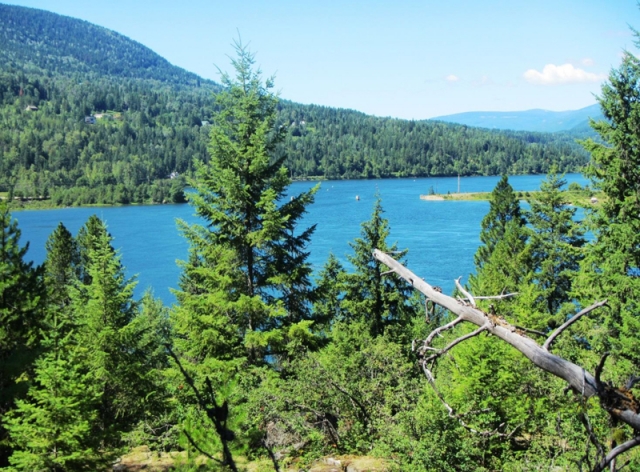Column -- From the Hill: Taxpayers and Abandoned Wells
The BC Oil and Gas Commission recently revealed some concerning figures about abandoned oil and gas wells in British Columbia. In one example, Ranch Energy recently declared bankruptcy, leaving up to 500 abandoned wells in care of the Commission. Much of the cost to clean up those sites will likely fall on the shoulders of the BC taxpayer, and could be as much as $90 million for Ranch Energy’s wells alone.
However, the problem is much bigger than that. There are over 122,000 inactive wells across western Canada, and most have absolutely no prospect of ever operating again. In BC, the provincial government is moving to a system of levies on active wells, designed to raise about $10 million per year to cover clean-up costs of the orphaned wells. This may fall well short of what is needed.
At the end of January, a decision by the Supreme Court of Canada in the Redwater case provided some good news on this front. Lower courts in Alberta had ruled that the assets of a bankrupt resource company must be disbursed to banks and other creditors before being used for obligatory reclamation work on abandoned wells. But the Supreme Court found otherwise. As Supreme Court Chief Justice Robert Wagner wrote in the decision, “Bankruptcy is not a licence to ignore rules.”
This issue goes beyond abandoned oil and gas wells to mines and other resource extraction operations.
It has been estimated that there are over 1,800 abandoned mines in BC that have little possibility of clean-up by the companies that created them. This is the legacy of a time when there were few laws requiring financial securities to guarantee mine clean-up costs. BC was one of the first to bring in such laws, but prior to 1969 there were no reclamation securities required.
In Canada’s northern territories the federal government has had to cover these clean-up costs, meaning our taxes are often used to deal with someone else’s mess.
The Faro Mine in Yukon was abandoned 20 years ago. It is a 25-square-km moonscape of toxic waste, once the largest open pit lead-zinc mine in the world. Canadians have already spent about $300 million maintaining the site since it was abandoned, and the clean-up has barely begun. It is estimated Canadians will have to pay a billion dollars to completely remediate this mess.
At Giant Mine outside Yellowknife there are massive sealed storage chambers containing a total of 237,000 tonnes of arsenic trioxide. The site’s 950-hectare footprint is also highly contaminated with arsenic and other toxins. The clean-up has already cost close to a billion dollars and each year costs an additional $2 million. Clean-up involves freezing the arsenic for eternity.
And eternity, as Woody Allen said, “is a long time, especially toward the end.”
Natural resources are the backbone of the Canadian economy, and most resource companies act responsibly, providing good jobs for Canadians and cleaning up their operations afterwards.
Future generations of Canadians must not be burdened by the environmental damage caused by a few corporations who reap tremendous profits from the extraction of our shared resources, then walk away from the mess. We need to have regulatory systems at both the provincial and federal levels that uphold the polluter-pay principle, so that we all benefit from the sale of our natural resources.


























Comments